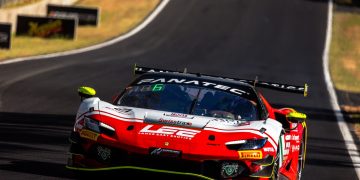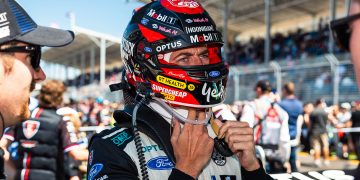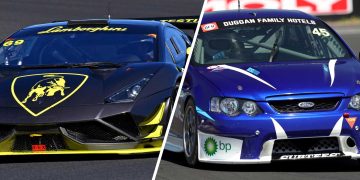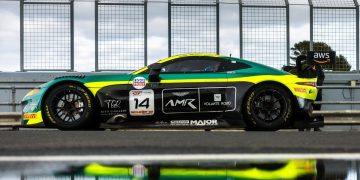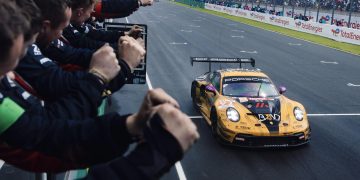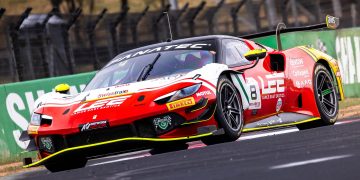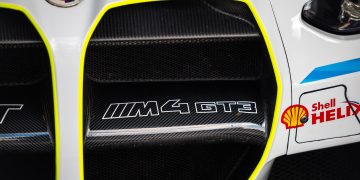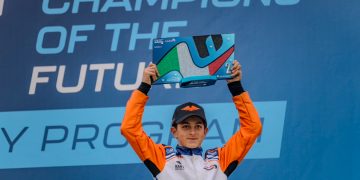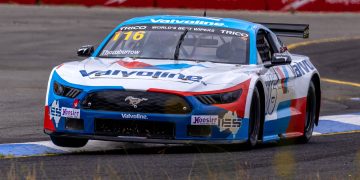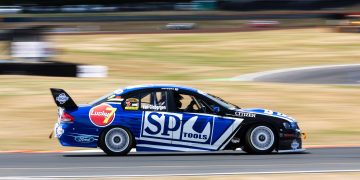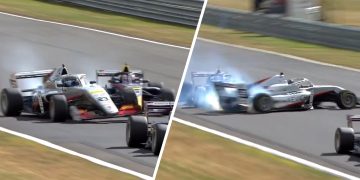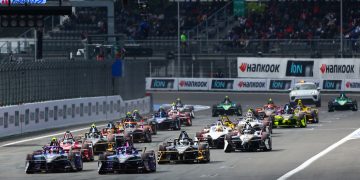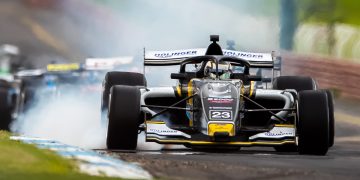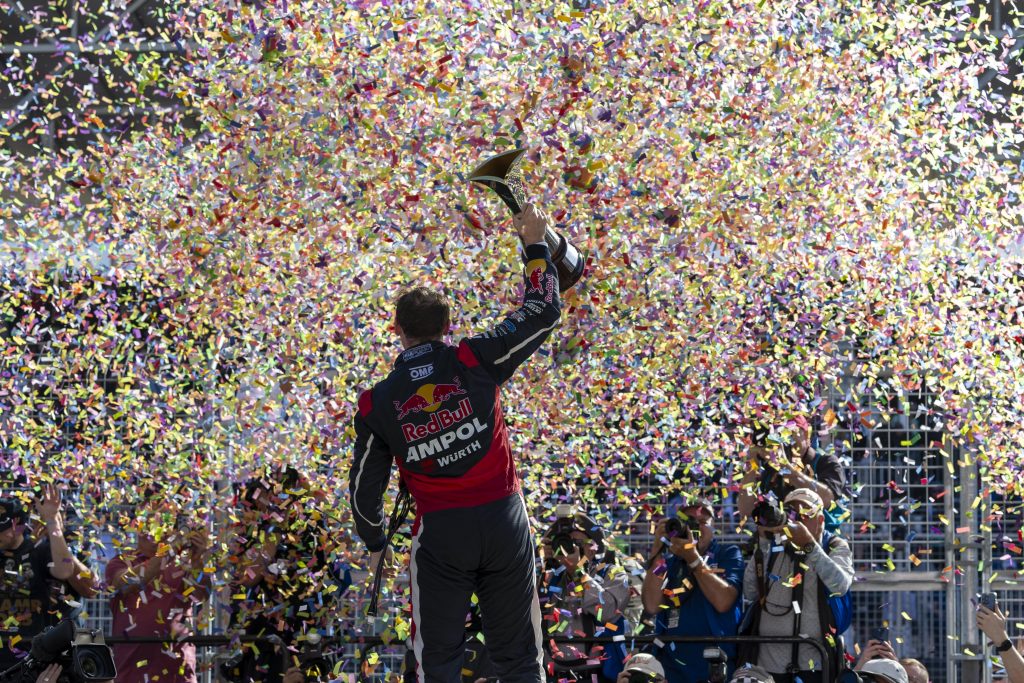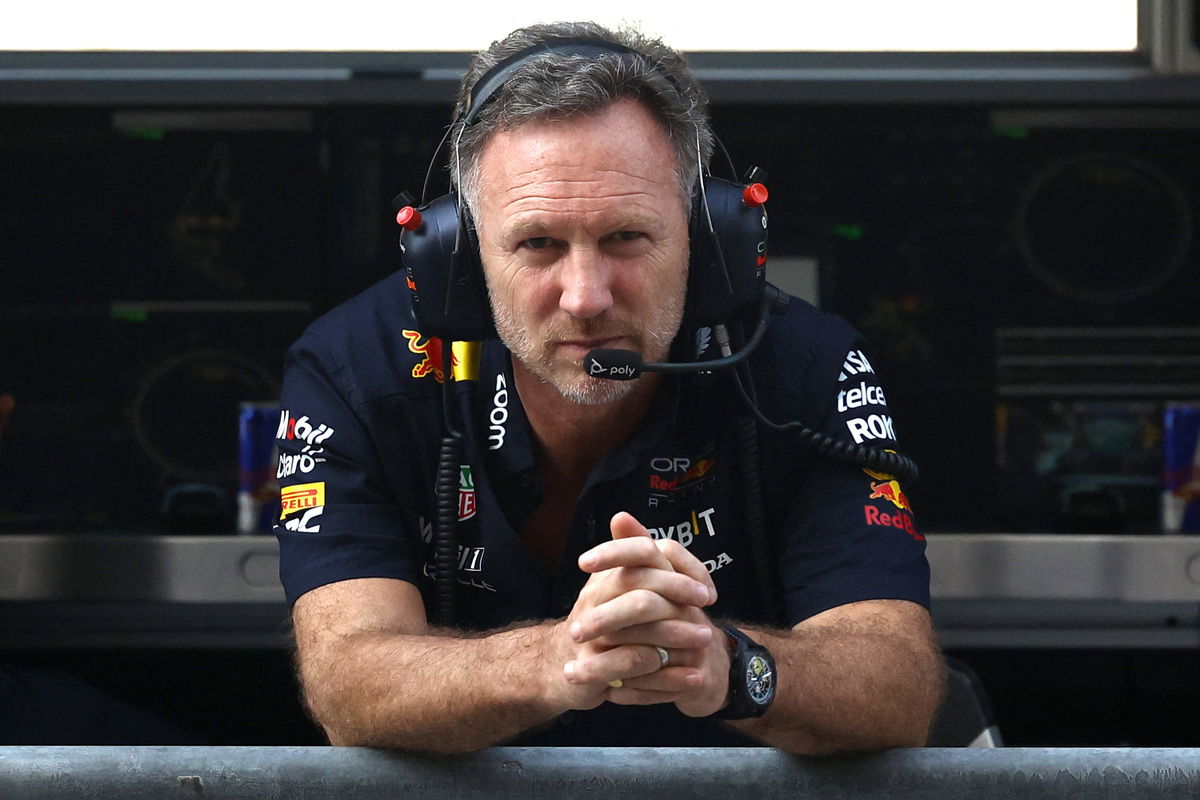
Red Bull finished third in the constructors’ championship in F1 2024 after slumping through the latter two-thirds of the season.
Having headed the championship comfortably following the Miami Grand Prix, Round 6 of the 2024 season, it slipped to third by the time the circus reached its crescendo Abu Dhabi.
That was largely a result of Sergio Perez underdelivering, a point which led to his axing from the team in favour of Liam Lawson.
Aside from missing out on bragging rights associated with the constructors’ championship, slipping to third came with a hefty financial hit for Red Bull.
While McLaren is forecast to bring in around AUD $340 million in prize money as a result of winning the title for the first time in 26 years, Red Bull will net only around AUD $300 million.
That is in addition to any other bonuses that may have been negotiated with sponsors, not to mention the staff morale taking a knock after that went without their bonuses given they’re linked to the constructors’ crown.
However, there is a small silver lining for the Milton Keynes operation as aerodynamic testing restrictions (ATR) operate on a sliding scale, reset every six months.
Heading into 2025, as F1 prepares for radical new regulations next season, increased aerodynamic testing is a bonus for any team.
Designed as a regulatory way of evening the technical playing field, ATR were introduced at the same time as the F1 cost cap and changes to the Concorde Agreements in 2021.
As such, Red Bull will have marginally more wind tunnel time than direct rivals McLaren and Ferrari by dint of finishing behind the pair in the 2024 constructors’ championship.
Up to the end of the 2024 calendar year, Red Bull topped the ATR list (courtesy of still leading the constructors’ championship on July 1, 2024) and was therefore limited to 70 percent of the aerodynamic testing limit as defined in the regulations – the equivalent of 224 wind tunnel runs per ATR period, and 1400 CFD items.
By finishing third, those figures increase with Red Bull now entitled to 80 percent of the testing limit, 256 wind tunnel runs, and 1600 CFD items.
What’s more, that increased allowance comes as limitations surrounding the development of aerodynamic components for F1 2026 lift; Red Bull has essentially bought itself additional development capacity over the first half of F1 2025 when it is arguably most useful.
“It’s a tough one because we have the biggest regulation change in probably 50 or 60 years in the history of the sport,” team boss Christian Horner noted of the looming regulation change.
“So with that in mind, we hate finishing third in the championship, but the additional wind tunnel time that comes with that is, if you like, the only upside in a year where there is such a dramatic regulatory change.”
Horner has previously highlighted the importance the ATR has when it comes to car development.
When Red Bull was found to have breached the F1 cost cap in 2022 it lost 10 percent of its ATR allocation for 2023 on top of the limits placed on it after winning the constructors’ championship the year before.
“It’s difficult to put a lap time figure but one could assume… there could be anywhere between 0.25 and 0.5 of a second,” Horner said of the impact of that punishment at the time.
Red Bull went on to deliver the all-conquering RB19 that won 21 of 22 races in 2023 to become the most dominant car in the championship’s history.
By Horner’s own reasoning, the team is in a promising position in terms of its technical development heading into 2026.
The key for Red Bull, as it will be for all teams, is balancing the ATR between the 2025 car and next year’s project.
“It’s a constant balancing act,” Horner conceded.
“And if you are in a tight battle, inevitably your development gets dragged into the season longer, which is particularly hard.
“We saw that in ‘21 into ‘22, where you have a big conceptual change of regs.
“Obviously, the earlier start, the bigger advantage you have.
“But if there is a tight championship and it does go down to the wire, then that’s going to be a tough balancing act for the different teams to choose how they apportion their resource.”
While early effort will go into the 2026 car purely to get the project moving more quickly, how the RB21 fares in the opening rounds will ultimately determine what the resource transition will look like.
In charge of that decision is Pierre Wache, who has been Red Bull’s technical director since 2018 and with the team for more than 12 years.
Should Red Bull prove quick out the gates, Wache and his team will be able to afford to spend more time looking at next year’s machine, affording a theoretical advantage that should compound as the year progresses.
However, the opposite is also true and a slow start, or one where it has no clear advantage over its rivals, will force it to continue investing resources into the 2025 season.
F1 Aerodynamic Testing Restrictions (January-June 2025)
| Pos | Team | Aerodynamic Testing (%) | Wind Tunnel Runs | CFD Item |
| 1 | McLaren | 70 | 224 | 1400 |
| 2 | Ferrari | 75 | 240 | 1500 |
| 3 | Red Bull | 80 | 256 | 1600 |
| 4 | Mercedes | 85 | 272 | 1700 |
| 5 | Aston Martin | 90 | 288 | 1800 |
| 6 | Alpine | 95 | 304 | 1900 |
| 7 | Haas | 100 | 320 | 2000 |
| 8 | Racing Bulls | 105 | 336 | 2100 |
| 9 | Williams | 110 | 352 | 2200 |
| 10 | Sauber | 115 | 368 | 2300 |

 Shop
Shop